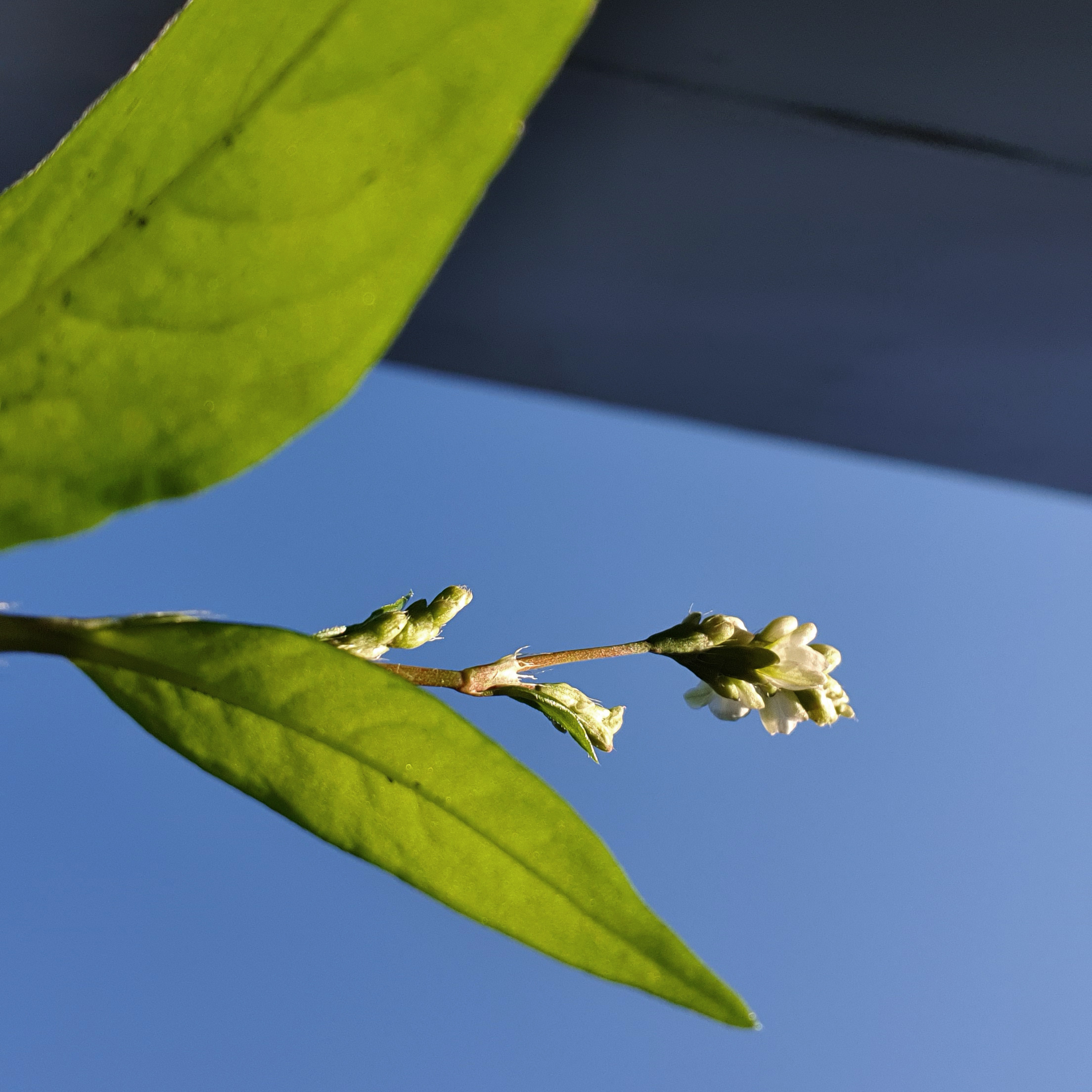Indigo Alchemy
From Seed to Pigment and Paper“Indigo - uniting the world The Blue Way”
/Valentin Bakardjiev/
/Valentin Bakardjiev/




Introduction to My Indigo Journey
In 2016, my journey with natural indigo dye began with the project "Le Grand Bleu," where I explored Japanese Shibori techniques on various papers. This fascination with indigo's unique properties led me to delve deeper, from cultivating the plant to extracting its pigment through traditional fermentation methods.
![]()
![]()
![]()



Indigo Cultivation and Process
Growing and Harvesting Indigo
The project took a pivotal turn when I received my first Persicaria tinctoria (Koujoko) seeds from Marian Gorostizaga of Kokoro Indigo Culture in Spain. Cultivating the indigo plants became a core part of my work, and in 2020, with the support of Tolhuistuin in Amsterdam, I created an experimental indigo garden. Here, I nurtured the plants, learning the intricacies of their growth cycle and eventually harvesting them for pigment extraction.









From
Plant to Pigment
The ancient process of indigo pigment extraction involves fermenting the indigo leaves to release the natural dye. After fermentation, the pigment is settled, yielding the distinctive blue pigment that has been prized for centuries. The rich blue extracted from the plant forms the foundation of much of my artwork, representing a blend of history, nature, and craft.





















Handmade Indigo Paper: A World First
Creating
Sustainable Paper from Indigo Residues
In a likely first, I took the indigo journey one step further by transforming the post-fermentation plant matter into handmade paper. Using traditional papermaking techniques, I boiled the fermented leaves and stems in a wood ash solution to create pulp, resulting in a beautifully textured dark green paper. This unique paper, created directly from indigo plant residues, adds a sustainable and innovative layer to the project, utilizing every part of the plant.















The
Final Product
The resulting paper not only carries the natural pigment from the indigo but also embodies the sustainability of utilizing every part of the plant. It stands as a testament to the strength and longevity of handmade paper, known for its durability and resilience when properly stored.











Artworks from Indigo Dry Leaves
Celebrating the Indigo Plant
Beyond pigment and paper, I have explored new ways to honor the indigo plant. After drying the leaves I created artworks that celebrate the plant's life cycle. These pieces pay tribute to indigo’s cultural heritage and its profound connection to both art and nature.
![]()
![]()
![]()
![]()
![]()
![]()
![]()
![]()
![]()
![]()
![]()
![]()












Exhibitions:
Sofia
2023 - "Mission" gallery at State Institute for Culture, Ministry of Foreign Affairs. Sofia, BulgariaThe installation "Indigo" presents a collection of dry indigo leaves arranged in a circular form, symbolizing our planet. These fragile leaves represent the delicate state of nature, yet they are rich with a vibrant blue pigment, reflecting the strength and resilience of the Earth itself. This contrast between fragility and strength conveys a powerful message about our relationship with the environment. While nature appears fragile, it holds immense power and potential.
The "Indigo" exhibition opened at the "Mission" Gallery of the State Institute for Culture at the Ministry of Foreign Affairs in Sofia, Bulgaria, under the auspices of Deputy Minister Kostadin Kojabashev. This event highlighted the interconnection between two of the artist's key projects—"Le Grand Bleu" and "The Butterfly Effect." The installation emphasizes the need for unity in protecting the planet, urging us to discover ways to harness nature's strength for a sustainable future.
Ambassador of the Kingdom of the Netherlands H.E. Simon Van der Burg, along with curator Dr. Mila Stareyshinska-Angelova, praised the exhibition for its role in fostering cultural dialogue and addressing global environmental concerns.





Global Connection: Indigo Shade Map
Proud Contributor to the Indigo Shade Map
I am honored to be part of the Indigo Shade Map, an innovative and interactive project that showcases the global community of indigo growers and artisans. This initiative highlights the rich heritage of indigo cultivation, ancestral knowledge, and the deep human connections forged through this timeless craft. By joining this map, I connect with fellow indigo enthusiasts from around the world who share the same passion for preserving and celebrating indigo’s beauty and cultural significance.
Indigo Shade Map
![]()
Call for Collaboration
If anyone reading this is aware of others pursuing similar research, I would be thrilled to connect and exchange ideas. Collaboration not only enriches our individual work but also pushes the boundaries of what’s possible in sustainable art. Your insights and experiences could lead to new discoveries, and I would be deeply grateful for any opportunity to share knowledge and advance this field together.
/CONTACT HERE/



art bakard

